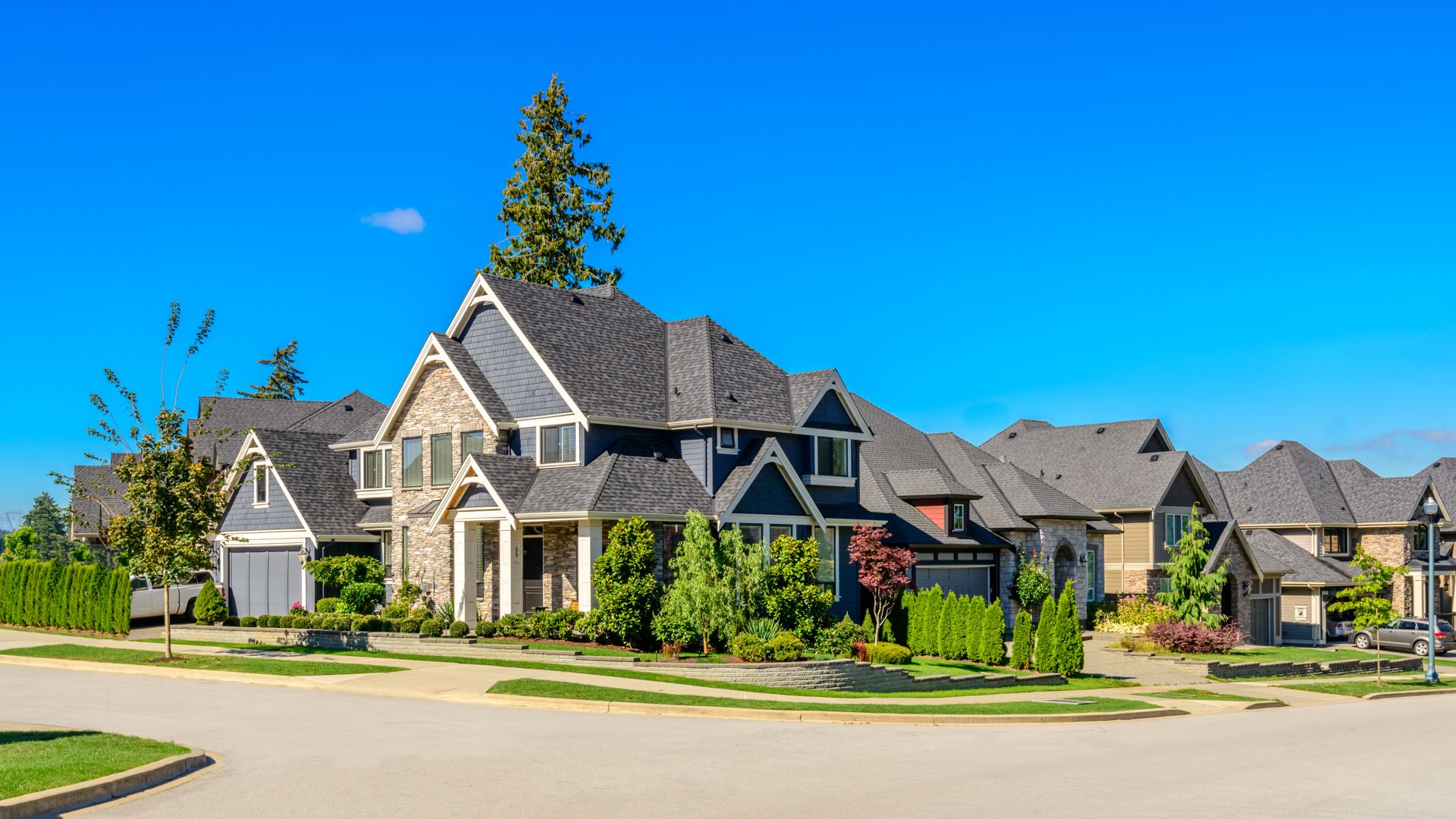Is Melting Snow Damaging Your Roof?
Understanding Melting Snow and Roof Damage
As picturesque as a snow-covered roof may seem, the thawing and refreezing of snow can wreak havoc on the structural integrity of your home. The process begins when the warmth from your attic or the sun's rays causes the underside of the snow blanket to melt. This water trickles down the slope of the roof until it reaches the colder eaves, where it refreezes and forms ice dams. These dams can prevent proper drainage, causing water to back up under shingles and potentially seep into your home. The cycle of freezing and thawing not only puts stress on roofing materials but can also lead to the expansion of small cracks, compromising the roof's ability to protect your home from the elements.
Recognizing Signs of Snow-Related Roof Damage
Being vigilant about the condition of your roof after a snowfall is crucial. Telltale signs of snow-related damage include:
- Water stains on ceilings or walls, which suggest a leak has already begun.
- Sagging areas on the roof could indicate trapped water that's adding weight and stress to the structure.
- Ice dams, visible at the roof's edge, are a clear sign of potential problems. They can force water underneath shingles, leading to leaks and insulation damage.
- An excessive amount of icicles, as they can be both a symptom and a cause of roof damage, not to mention a danger to people and pets below.
Best Practices for Snow Removal from Roofs
Removing snow from your roof is a delicate task that requires the right approach to avoid causing more harm than good. One recommended method is using a roof rake with a long extension arm to safely pull down snow from the ground. It's important to avoid metal tools that can damage your shingles. It's crucial to never climb onto a snowy or icy roof, as this poses a significant safety risk. If the snowfall is too heavy or the roof too steep, it might be best to call in professionals who have the necessary equipment and expertise to clear your roof safely and effectively.
Regular Roof Maintenance to Mitigate Snow Damage
Regular maintenance is your first line of defense against the damaging effects of snow and ice. A seasonal checklist should include inspecting and cleaning gutters to ensure proper drainage, checking for damaged or missing shingles, and ensuring adequate attic insulation and ventilation to minimize heat loss. Trimming overhanging branches can also prevent them from dumping additional snow onto your roof or falling onto your home during a storm. By keeping up with these tasks, you can reduce the risk of snow-related damage and extend the life of your roof.
Impact of Melting Snow on Roof Longevity
While a single winter season's snowfall may not cause immediate harm, the cumulative effect of multiple seasons can significantly shorten a roof's lifespan. The repeated freeze-thaw cycles can cause materials to contract and expand, leading to cracks, weakened seals, and eventually leaks.
Over time, the constant fluctuation in temperature and moisture levels can degrade the roofing materials, making them more susceptible to damage from future snowfalls. This degradation not only compromises the roof's structural integrity but can also lead to costly energy inefficiencies as heat escapes through the weakened barrier.
Material-Specific Concerns with Snow Melt
Different roofing materials respond to snow and ice in unique ways. Asphalt shingles, while popular and cost-effective, can become brittle in cold weather and are prone to damage from ice dams and wind-driven snow. Metal roofs, on the other hand, are more adept at shedding snow but can be susceptible to corrosion from trapped moisture. Slate and tile roofs may crack under the weight of heavy snow accumulation. It's essential to understand the specific vulnerabilities of your roofing material and take appropriate precautions to mitigate the risks posed by melting snow.
Solutions for Snow-Induced Roof Damage
When to Consider a Professional Roof Inspection
After a heavy snowfall, it's prudent to consider a professional roof inspection, especially if you've noticed any signs of damage or if your roof is nearing the end of its expected lifespan. A professional can assess the condition of your roof with a trained eye, identify areas of concern, and recommend the best course of action. They can also help you understand whether your situation is an emergency that requires immediate attention or if repairs can be scheduled at a later date. Remember, catching problems early can save you from more extensive and expensive repairs down the line.
If you're a homeowner in Longmont, CO, and are concerned about the impact of melting snow on your roof, Columbine Roofing & Solar is here to help. Our team of experienced professionals can provide you with a thorough inspection, maintenance services, and repair solutions tailored to your specific needs. Don't wait until it's too late—contact us today by calling (303) 952-4242 to ensure your roof remains strong and secure through every season.

